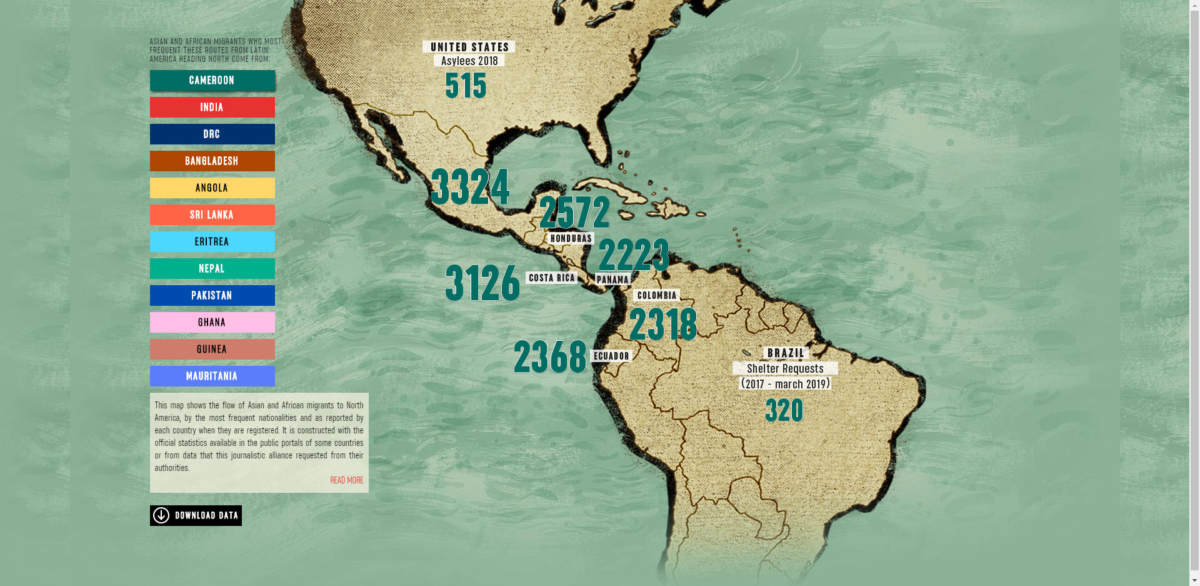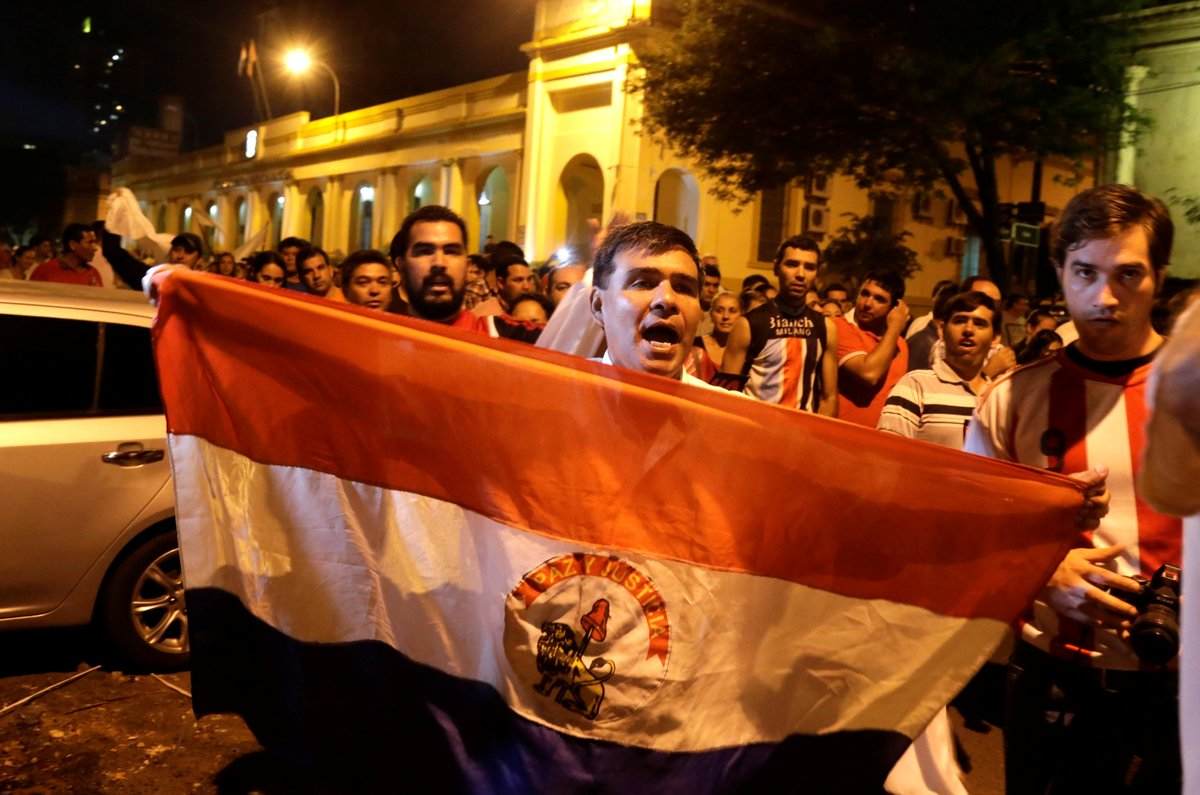Uncovering Illegal Weapons Trafficking Trends in Latin America Through Open Source Research
The prevalence of drug trafficking, coupled with emboldened organised crime groups and armed non-state actors with vast financial resources, has turned Latin America and the Caribbean into hotspots for internal conflict and violence in recent years.
According to the United Nations Office on Drugs and Crime (UNODC), eight of the 10 countries with the highest homicide rates in the world were in the region in 2021, which the organisation said directly correlates to the misuse of firearms.
Of particular note, criminal and militant entities have capitalised on the widespread availability of Small Arms and Light Weapons (SALW), a category that includes handguns as well as semi-semiautomatic and automatic rifles. UNODC notes these groups can acquire weapons from sources including domestic markets, private dealers, black markets, legal and illegal North American and Western European channels, and even via the diversion of law enforcement and military stockpiles.
This makes analysis of ongoing trends in the illegal weapons market essential to understanding the rise in violence in Latin America and the Caribbean. A tool that can help open source researchers understand the issue is the SALW Dashboard, a geospatial database that tracks the usage, seizure, and trafficking of SALW in the region.
Developed by the Regional Coordinator for Social and Economic Research (CRIES), a network of regional research centres of which the author of this piece is director, and the Jack D. Gordon Institute of Public Policy & GIS Center at Florida International University (FIU), the SALW Dashboard launched in 2021. The tool applies open source research techniques to maintain a robust, up-to-date and publicly available database that tracks SALW incidents in the region within an easy-to-use dashboard.
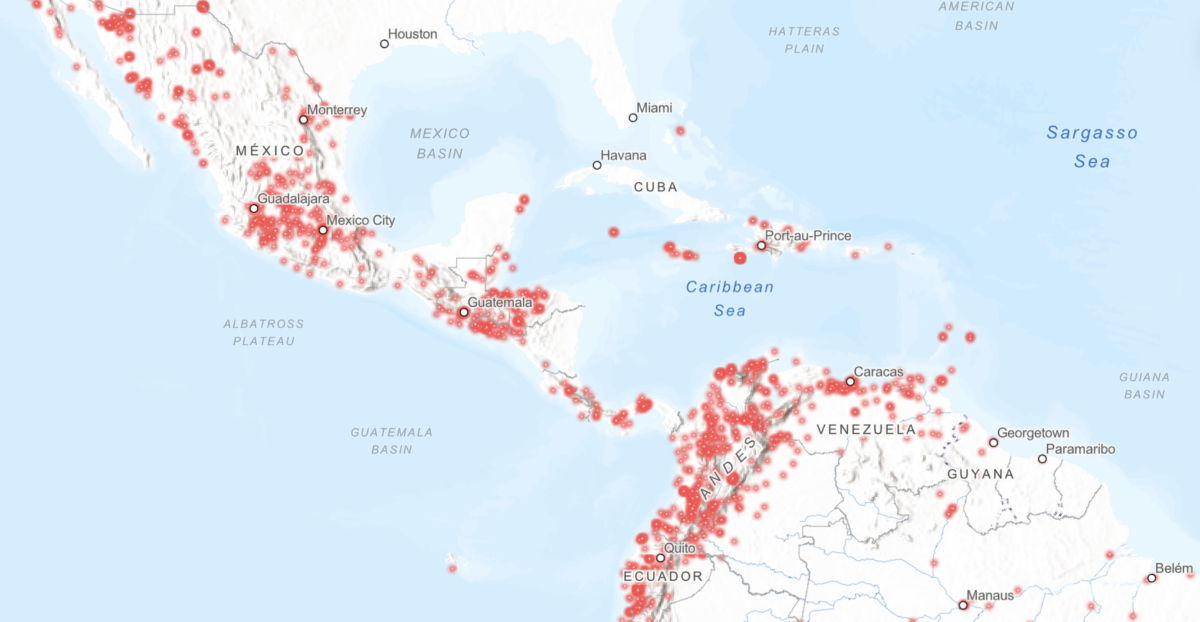
To accomplish this, the open source intelligence (OSINT) team at CRIES has crafted a custom methodology that merges conventional research methods with specialised open source tools, optimised for unique conditions across more than 30 countries. This incorporates techniques such as social media monitoring and Google “dorking” — the latter of which refers to using advanced search syntaxes like “site:” or “filetype:” or “intext:” that allow researchers to unearth hidden or obscure documents or web pages on sites.
What data goes into the map and how is it vetted? The SALW Dashboard starts by aggregating open-source information scraped from the web and converting it to a standardised format which is organised and displayed on the dashboard, which uses GIS to plot the data on an interactive geospatial map.
The scraping of data is compiled from four main avenues:
- Google Alerts utilising traditional dorking techniques that allow us to cover the most common technical, ordinary and slang terms that refer to weapon types, as well as police/judicial incidents in the region;
- Queries on X, formerly Twitter, focused on keywords used to refer to firearms, seizures and theft/loss;
- Country-focused lists of X users composed of official accounts, journalists and researchers that usually cover SALW-related incidents; and
- An internal list used by researchers to frequently monitor a diversity of Instagram accounts that cover SALW-related incidents.
More recently, the manual scraping work done by CRIES and FIU researchers for finding SALW incidents has been overhauled and modernised by the integration of generative AI that offers data scraping capabilities and centralises all processes under a single user interface to streamline the recollection, processing, curating and data entry.
Google Alerts are checked on a daily basis, with approximately 700 to 1000 hits per week, of which around five per cent actually meet the project’s criteria for inclusion. Researchers search X queries and lists every three days and at the same time monitor the pre-identified Instagram accounts.
From these search results, the criteria for including an incident in the database are:
- If the incident involves the seizure of SALW, with the exception of single pistol or single shotgun seizures,
- All instances of theft, loss or destruction of SALW, and
- Incidents of illegal use or possession of SALW in which visual or audiovisual content can be time-stamped and geolocated to the exact site of the occurrence.
Once the scraping team has completed an initial selection of incidents, researchers along with a SALW Identification Specialist input each one in a standardised format for the SALW Dashboard database. This includes a title containing the country where the incident occurred and a one-sentence description of the event, a longer summary detailing in two to five sentences what reportedly occurred, the identification of weapons involved, and links to original sources where the incident was identified. Each incident is assigned a unique report ID number and, where available, includes supplementary info such as the type of incident, whether it involved diverted weapons, if any notable groups were involved, and if any multimedia is available.
At this point, the team also verifies the data and pinpoints the geographic location of each event (or as closely as possible, given that many times coverage may only allow identification of a neighbourhood, city or town). Additional verification is done by checking the database, as well as searching for similar incidents in the vicinity of the reported incident, to avoid possible duplicates.
All images are reversed searched and verified to ensure that they are of the reported event and reflect the types of weapons involved. This verification process also ensures that researchers can determine whether incidents still meet the criteria for inclusion after details have been corroborated.
If two incidents are related to the same case or if additional information is made available for a specific case (such as additional announcements from law enforcement or a follow-up report in the media), the corresponding Incident IDs are included in their entries so that researchers can connect them..
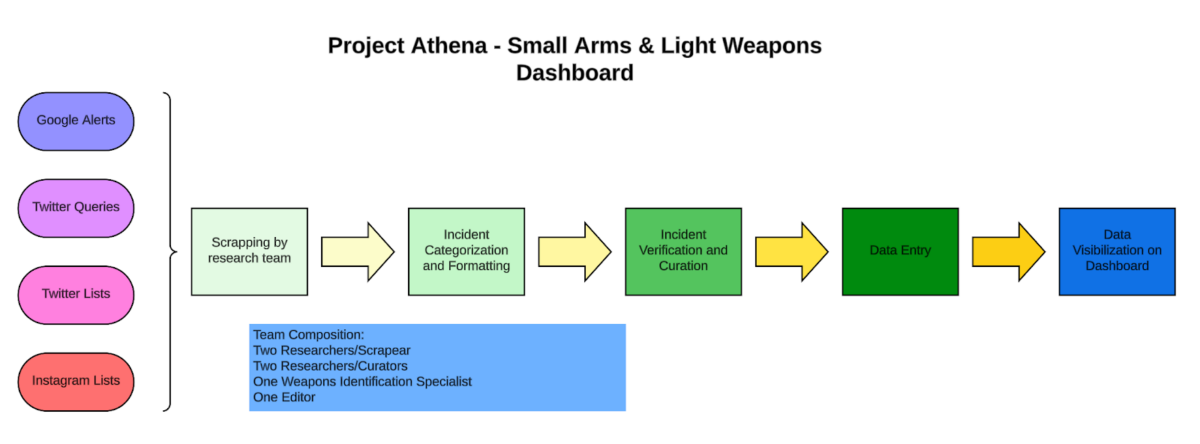
Once incidents have been formatted according to the standardised SALW Dashboard schema, an editor is responsible for fact-checking the incidents and cleaning up any technical and grammatical errors, including revisions of SALW identification.
Finally, the information is uploaded to ArcGIS via a survey123 form that emulates all the items already included in the standardised schema, leading to the plotting of all the data points in a single dataset.
This results in a user-friendly way to engage with the data via the interactive map and dashboard.
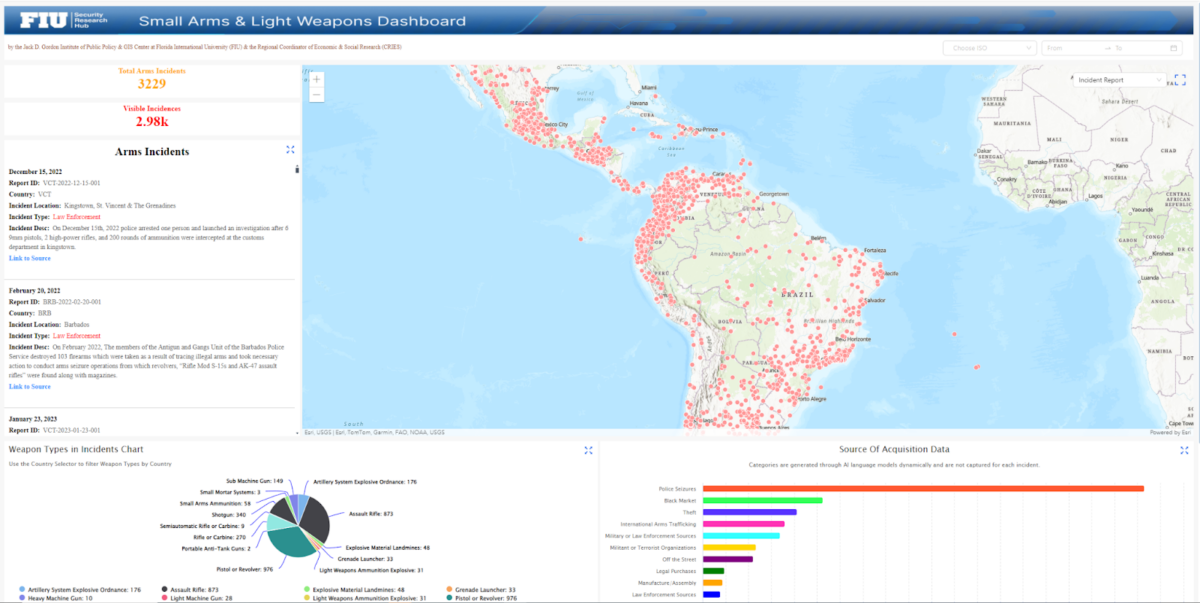
What can be learned from this database?
The SALW Dashboard can be used to identify and understand patterns in the presence of firearms in Latin America. One notable trend is the flow of firearms from the U.S. civilian market into Latin America, particularly AR-15 and AR-10 pattern rifles.
In December, Bloomberg News reported on how US legal loopholes are exploited by weapons smugglers to flood the region with untraceable AR-10s and AR-15s. In reporting the piece, they contacted the SALW Dashboard team to access the entire dataset, which their data team was able to use to help illustrate the supply chain.
Another trend the database has been used to identify is the role state-diverted weapons, particularly explosive ordnance, play among criminal groups in Venezuela, Colombia and Ecuador. The flow of Peruvian grenades into Ecuador, for example, is of particular relevance considering the country’s ongoing internal armed conflict between the government and cartels.
Meanwhile, Brazil’s illicit market has been subject to a noticeable influx of Turkish-manufactured small arms, something the database sheds light on.
Voice of America Turkey used the database to identify over 60 separate seizures in Brazil, along with additional data from Argentina. They did this by identifying the weapons involved, analysing frequent routes involved in seizures, and cross-referencing import and export firearms data from involved countries.
Our researchers also identified and flagged the progression of Turkish firearms in the region after identifying multiple pistol seizures in Rio de Janeiro that contained Canics, AHSS and Sarsilmaz pistols rather than Glocks, Rugers and Bersas.
Anecdotally, identification of these firearms was made easier by accessing Paraguayan gun store websites.
Similar to a separate trend of Paraguayan-assembled AR-15s and AR-10s, we also found that these Turkish guns were usually seized in large caches near the Brazil-Paraguay border. They were also frequently captured from individuals in major cities like Rio de Janeiro.
An example that showcases the trend at the border is this seizure from January 2023 when Military Police confiscated 161 firearms in Guaíra, Paraná, including Canik pistols, Derya MK12 shotguns, and Fake Colt / Punisher AR pattern rifles.
An example of these Turkish weapons making their way to their biggest market in Rio de Janeiro is this July 2023 seizure of arms from multiple incidents by the Rio de Janeiro Military Police.
Identifying trends like these will help researchers to know more on a micro level about a problem that exists on a grand scale.
Last year, the US-based non-profit Global Action on Gun Violence called on policymakers to stop an “iron river” of guns flowing into Latin America. Just last month, a US court greenlit a civil lawsuit by Mexico against US gun manufacturers for their role in arming cartels.
Bellingcat is a non-profit and the ability to carry out our work is dependent on the kind support of individual donors. If you would like to support our work, you can do so here. You can also subscribe to our Patreon channel here. Subscribe to our Newsletter and follow us on Instagram here, X here and Mastodon here.
